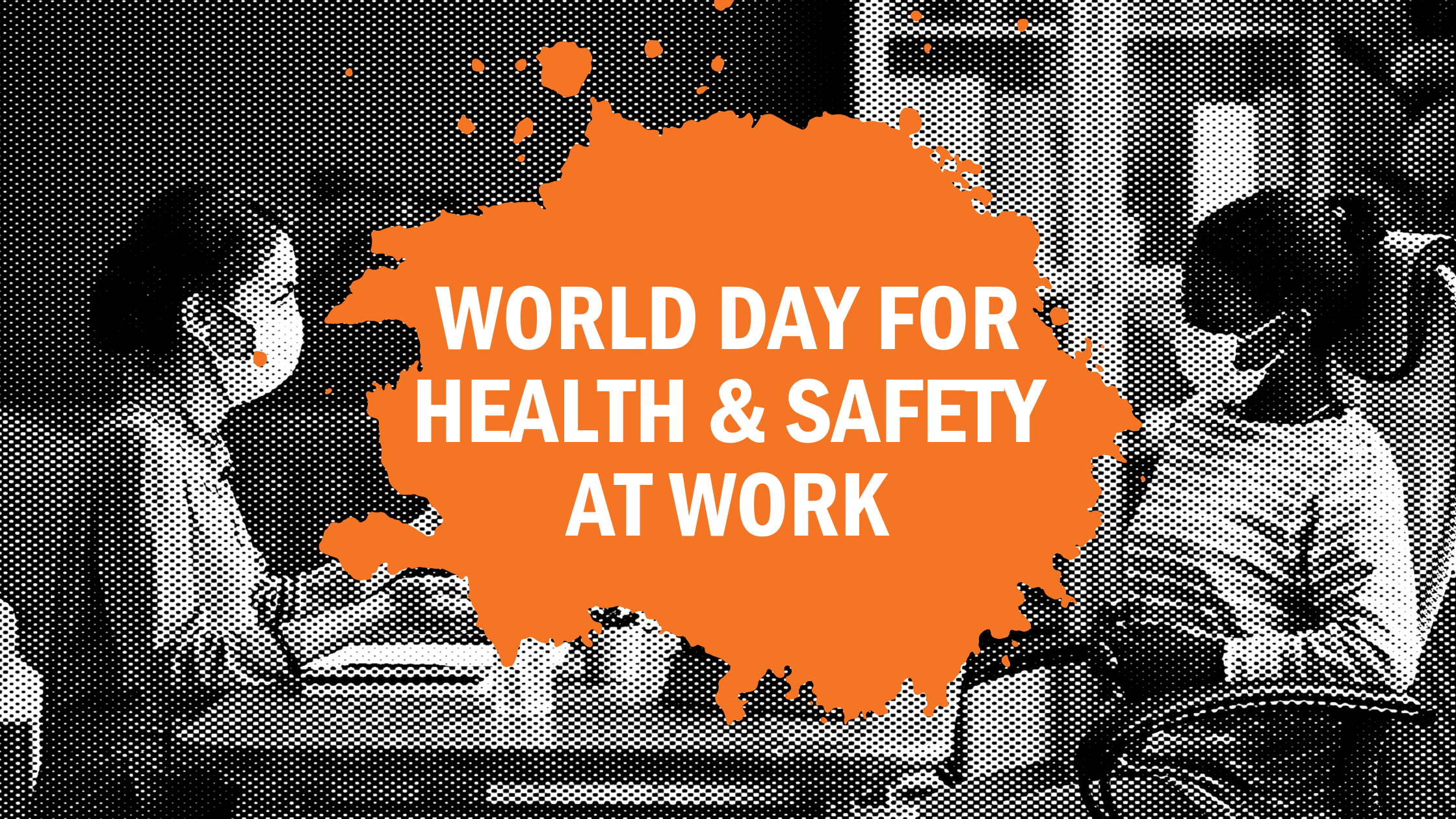
Thursday 28th April is the International Labor Organization’s (ILO) World Day for Safety and Health at Work. This annual worldwide event focuses on the importance of occupational health and safety awareness to save lives, prevent injuries, and create safer working environments.
The ILO presently works in 187 countries to develop policies, programs, and standards to improve the working conditions and practices for the workers of the world. Part of the ILO’s mission includes fighting for fairer wages, improving workplace equality, and preventing modern-day slavery.
The ILO’s goal is to make worker welfare and discussions around worker health a top priority internationally. In 2022 with the Covid-19 pandemic already in its second year, the ILO’s cause has never been more critical.
Taking part in the World Day for Safety and Health at Work helps raise awareness of the problem of unsafe working conditions globally and helps promote a culture of prevention.
Safety concerns in the U.S.
The issues and instances of workplace hazards vary widely by industry and occupation. For example, physical threats like heights and machinery are a more significant concern for construction workers. In contrast, mental health and repetitive stress injuries are the most common concerns for office workers.
Despite massive improvements to workplace standards, there are several safety and health concerns in America's workforce where much work can be done. The most common problems are COVID-19, falls, repetitive stress injuries, and heat-related illnesses.
Reducing the spread of COVID-19
Guidelines for reintegrating workers into the workplace and levels of mandatory precautions vary widely. According to OSHA guidance, vaccination is considered a significant element in a multi-layered approach to protecting workers. It is always important to follow your employer's specific precautions and policies. However, OSHA guidelines also recommend the following precautions:
- Get tested regularly
- Wash your hands often
- Wear a face covering that properly and snuggly fits over your nose and mouth
- Stay at least 6 feet apart from others, especially in enclosed or poorly ventilated spaces
Falls
Each year hundreds of workers die from falls. Falls are almost entirely preventable, and they are the leading cause of workplace fatalities. According to the NSC, “in 2019, 880 workers died from falls, and 244,000 were injured badly enough to require days off of work.” While many would assume that falls from heights are the only cause for concern, the same NSC statistics found that 146 workers were killed in falls from the same level. Fatal falls can occur in any occupation and every work environment.
Repetitive stress injuries
One particular area of concern related to occupational injuries is repetitive stress injuries (RSI). Many employees in the U.S. work almost exclusively on computers, typing and using a mouse for many hours a day, resulting in the overuse of certain muscles and joints, causing carpal tunnel syndrome and eye strain.
Repetitive stress injuries account for the largest number of workplace injuries in the U.S. It is also believed that one in eight employees will experience some form of RSI. RSIs can cost employers millions in lost productivity and employer medical costs. For certain employers, investing in ergonomic equipment may have a positive return on investment if RSI-related medical costs are high enough.
Heat illness
According to OSHA, dozens of workers die every year from working in extreme heat or humid conditions, and many more suffer heat-related illnesses.
According to the BLS, there were 43 work-related deaths due to heat exposure in 2019. And during the period between 2011 to 2019, 144 workers died from heat exposure while they were involved in construction, repair, or cleaning activities, and 54 more workers died while conducting materials handling operations.
Employers in the U.S. are legally obligated to ensure work environments free from safety hazards, including extreme temperatures. Business owners can protect their workers from heat-related illness and injury by providing water, shade, and encouraging breaks, especially when the heat index is 91 degrees or higher.
Creating a culture of prevention
Most leaders and employees know the importance of integrating initiatives into our organizational culture for their impact to be felt. But what does a culture of safety and prevention look like, and how can we take steps to integrate it into our organization’s culture? Below are four elements that you can include in your safety and prevention strategy to help improve your safety culture.
- Valuing everyone’s rights to a safe working environment
- Encouraging dialogue between workers, employers, and government to create safe and healthy working conditions with defined sets of rules and responsibilities
- Making prevention a top priority to minimize injuries and fatalities
- Raising awareness of health and safety hazards in the workplace is an essential part of preventing risks
When we think about health and safety in the workplace, we tend to believe that it is a concern for other countries. But this assumption is incorrect. In 2019 there were 5,333 workplace fatalities and 888,220 work-related injuries that resulted in days away from work. While it is true that working conditions have vastly improved over the years, the cost of workplace fatalities and injuries to organizations and families is innumerable.
We hope that this overview of the ILOs World day for health and safety at work has given you some perspective on work environments and conditions in the U.S. We have made significant improvements over the last 50 years in providing employees with safe working conditions. However, improvements still need to be made to ensure that all workers have a safe work environment.

